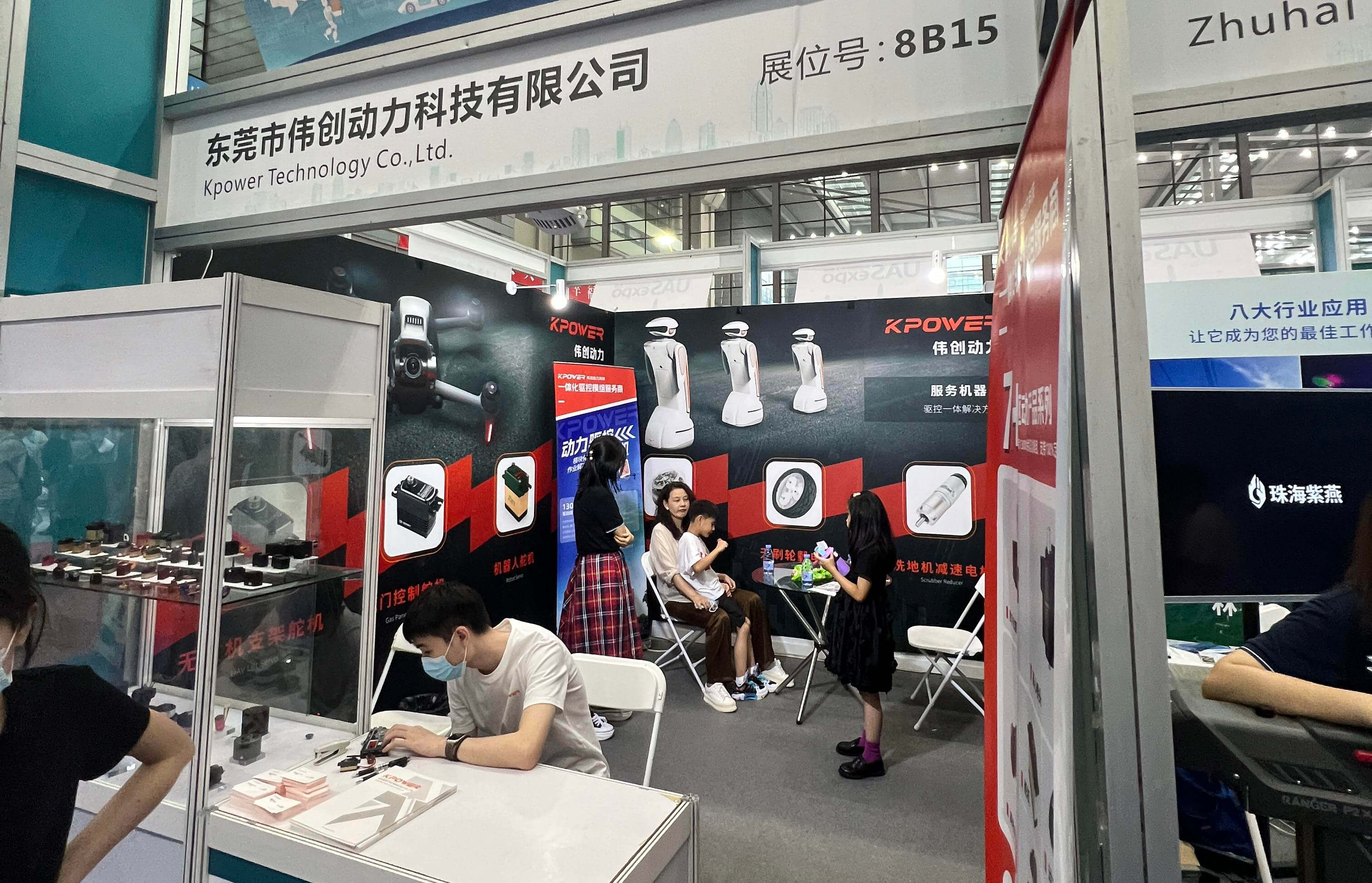Sure! Here is the first part of your soft article on "servo motor driver module." I will provide the remaining part in the next message.

In the rapidly evolving landscape of automation and robotics, precision, reliability, and efficiency stand out as key pillars for success. Among the myriad components powering intelligent systems, the servo motor driver module has emerged as a cornerstone for achieving meticulous control of movement. Whether you're building a robotic arm, designing an automated conveyor system, or crafting precision CNC machinery, understanding the ins and outs of servo motor driver modules can dramatically elevate your projects.
What is a Servo Motor Driver Module?
At its core, a servo motor driver module serves as the intermediary between a control system—like a microcontroller or PLC—and a servo motor. Its primary function is to interpret control inputs (such as pulse-width modulation signals) and convert these into electrical signals that precisely drive the servo motor. This orchestration enables the motor to rotate to a specific position, maintain speed, or follow complex motion profiles with remarkable accuracy.
Unlike standard DC motors, servo motors are designed for high-precision applications. They combine a motor, a feedback mechanism—often an encoder or potentiometer—and a control circuit into a single unit. The driver module is what makes this entire ecosystem work seamlessly by regulating voltage, current, and position feedback.
Core Components and Features of a Servo Motor Driver Module
A typical servo motor driver module encompasses several critical components:
Power Supply Circuit: Provides the appropriate voltage and current to the servo motor. Control Interface: Accepts signals from a microcontroller or automation system, usually via PWM, serial communication, or analog input. Feedback Processing: Reads the feedback device to monitor the current position or speed of the motor. Amplifier Stage: Drives the motor by providing pulsating power tailored to the feedback data. Protection Circuits: Incorporates features like overcurrent, overvoltage, thermal shutdown, and short-circuit protection to safeguard both the module and the motor.
Some advanced modules include additional features such as programmable parameters, built-in PID controllers for refined motion control, and digital interfaces for easy integration with modern systems.
Why are Servo Motor Driver Modules So Popular?
The popularity of servo motor driver modules stems from their versatility and precision:
High Accuracy and Repeatability: They enable positioning accuracy often within fractions of a degree, ideal for tasks where precision is non-negotiable. Dynamic Response: They can respond quickly to control signals, making them suitable for applications demanding rapid acceleration and deceleration. Intelligent Control: Many modules come with programmable options, allowing users to adapt parameters for different tasks without hardware modifications. Compact and Modular Design: Their integration-friendly nature allows engineers to embed them into compact systems or assemble them in complex configurations.
Applications Across Industries
Servo motor driver modules are ubiquitous across multiple fields:
Robotics: Precise joint movement, grippers, and mobile platforms. Manufacturing: CNC machinery, automated inspection systems, and pick-and-place devices. Aerospace and Defense: Flight simulators, missile targeting systems, and unmanned vehicles. Consumer Electronics: Camera gimbals, drones, and 3D printers. Medical Devices: Surgical robots, imaging equipment, and laboratory automation.
This diverse applicability underscores how pivotal the servo motor driver module has become in pushing technological boundaries.
Choosing the Right Servo Motor Driver Module
When selecting a module for your project, consider:
Voltage and Current Ratings: Ensure the module can handle your motor’s operational requirements. Control Interface Compatibility: Match the driver with your control system’s communication methods. Build Quality and Reliability: Look for modules with robust protection features and reputable manufacturers. Programmability: Determine if adjustable parameters like PID gains, current limits, or acceleration profiles are needed. Size and Form Factor: Ensure the module fits within your design constraints.
Upgrading to a high-quality servo motor driver module can mean the difference between a prototype and a reliable, production-ready system.
Leveraging innovations in modular drive technology, Kpower integrates high-performance motors, precision reducers, and multi-protocol control systems to provide efficient and customized smart drive system solutions.




































